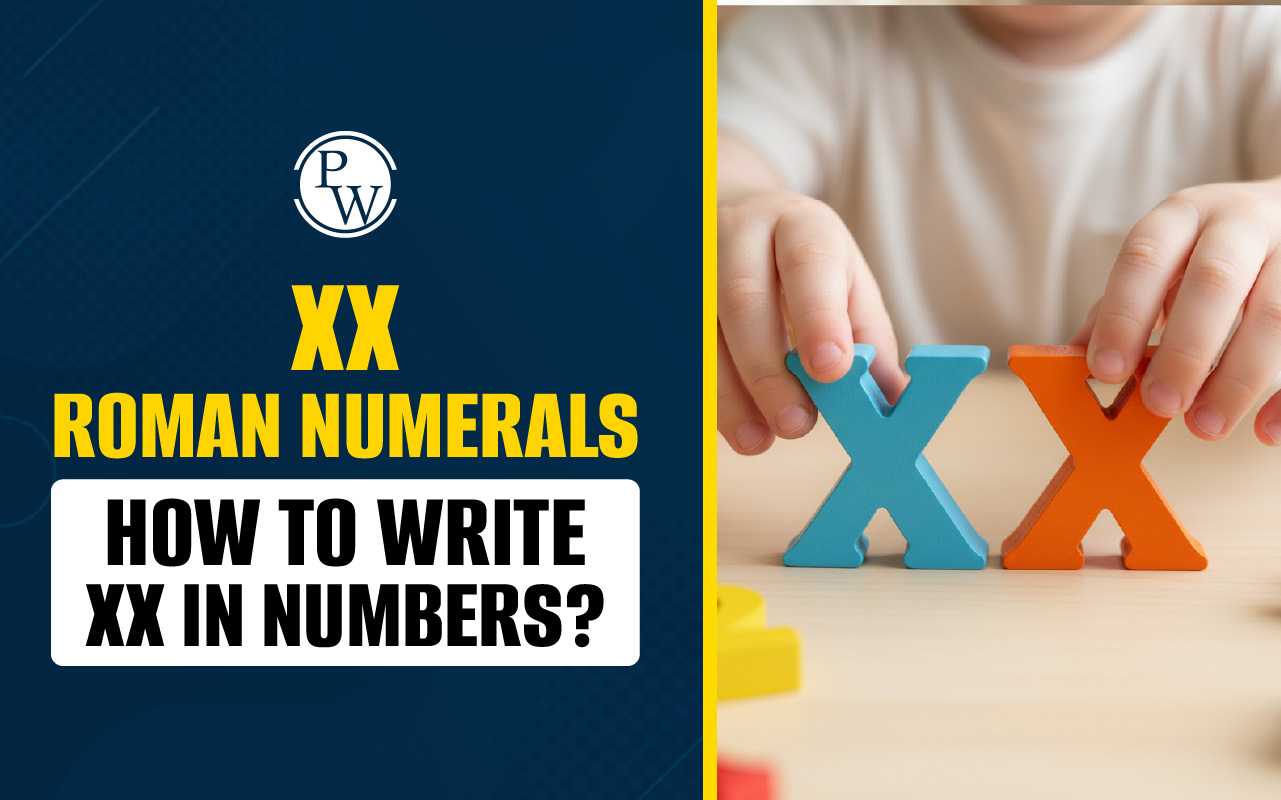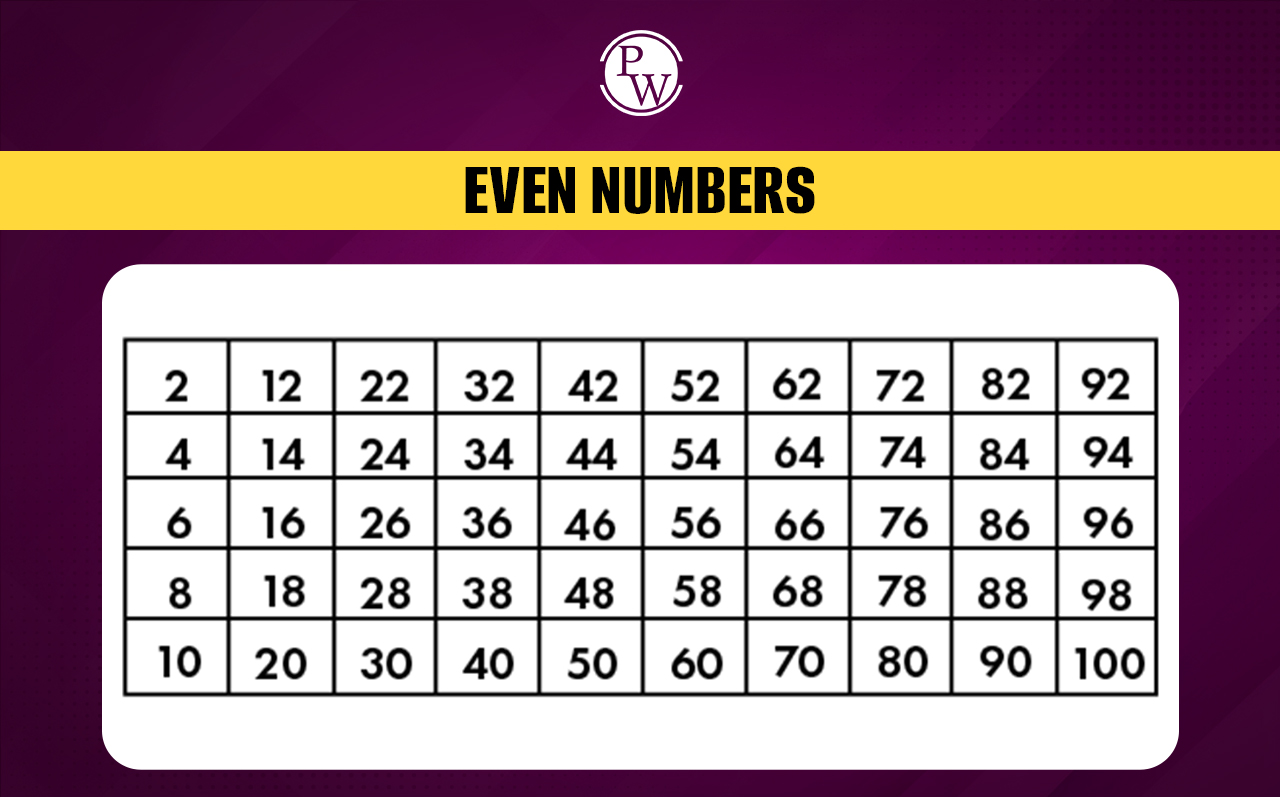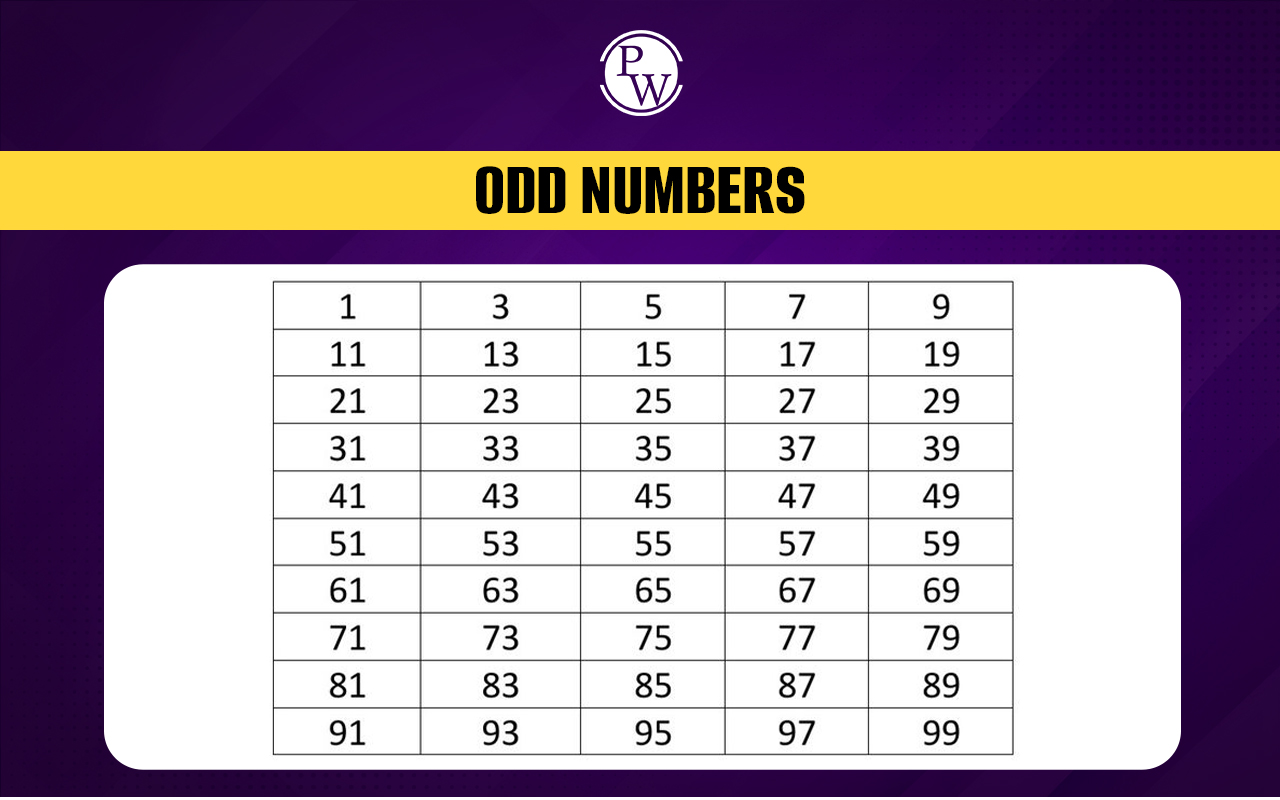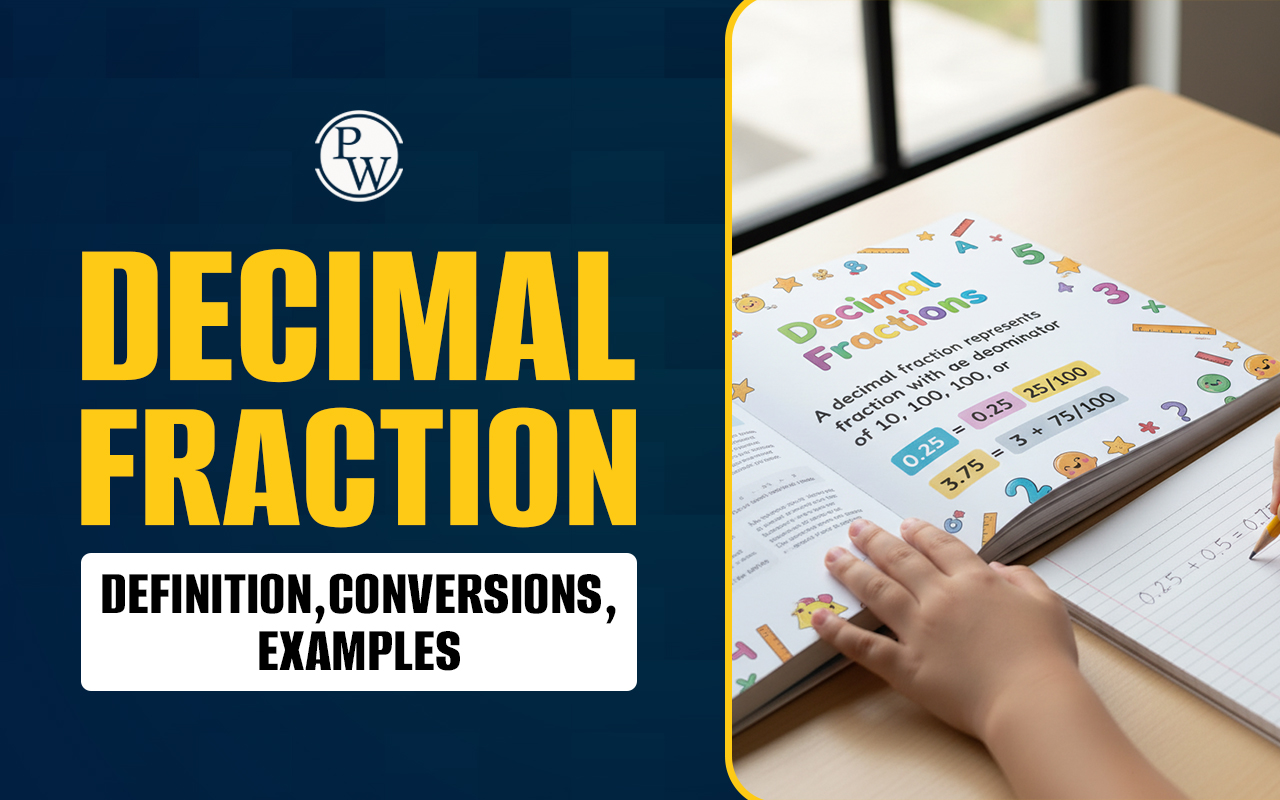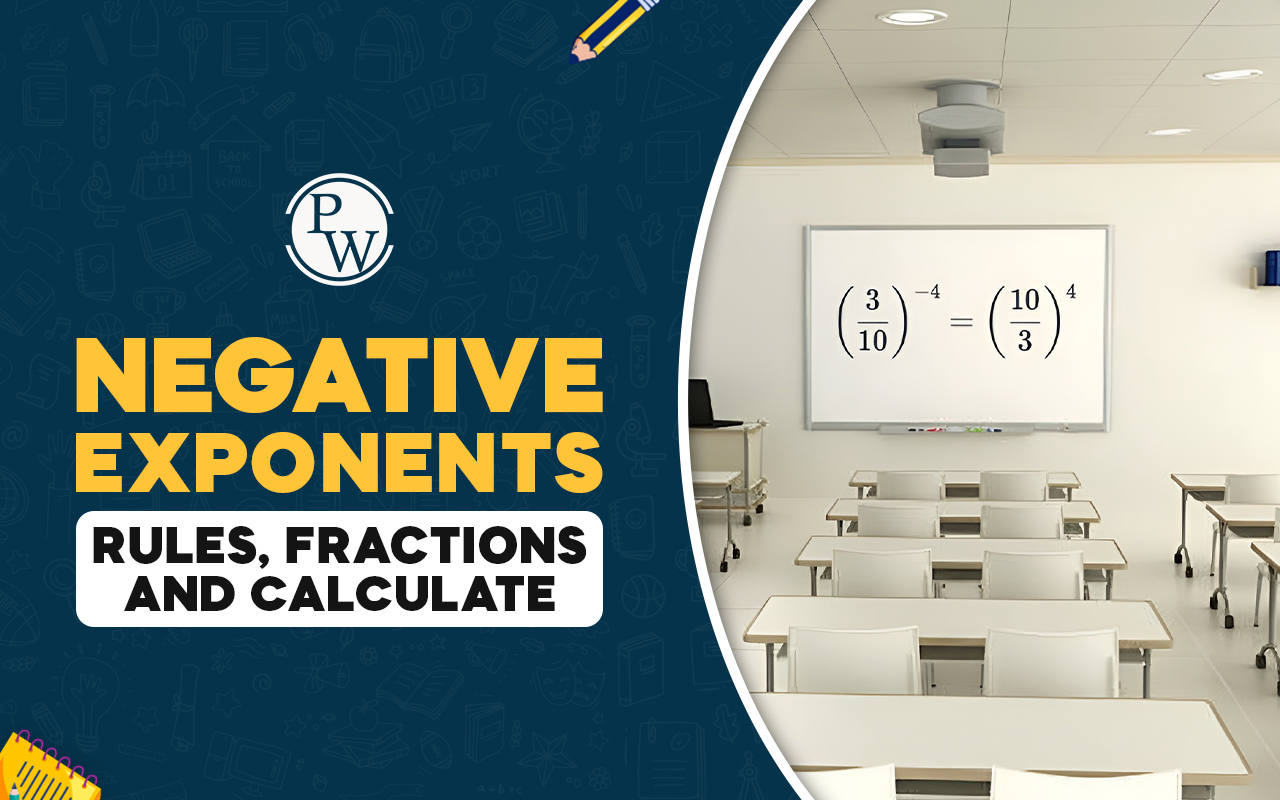
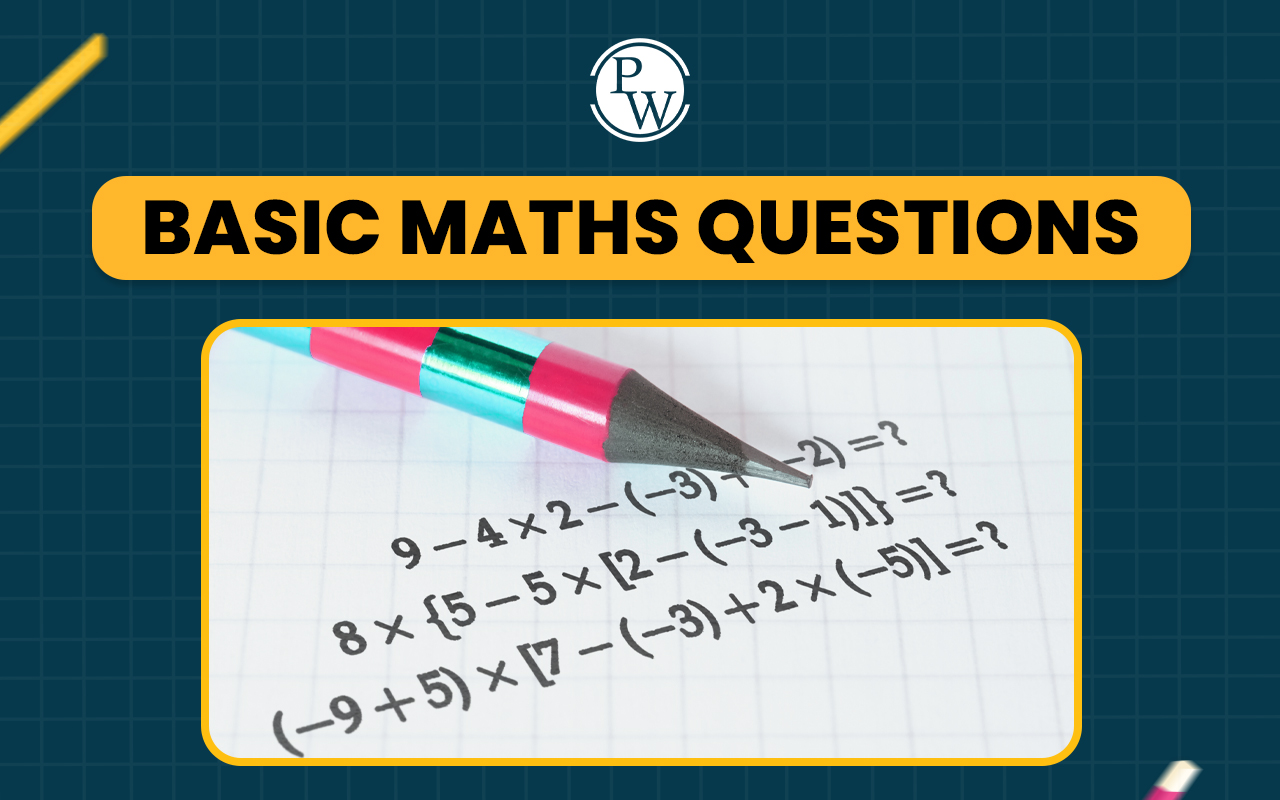
Basic Maths Questions: Basic maths questions are simple problems that help us understand numbers and how they work in daily life. These questions include addition, subtraction, multiplication, and division. They also cover topics like fractions, decimals, and percentages. For example, calculating how much money you have after spending some, or dividing chocolates among friends, are basic maths problems. These questions help build strong thinking skills and prepare students for more advanced maths. By practicing basic maths regularly, students can solve problems quickly and gain confidence in their abilities.
Basic Maths Questions Overview
Basic maths questions form the foundation of mathematics and are essential for everyday life. They include simple operations like addition, subtraction, multiplication, and division, which help us calculate totals, differences, repeated numbers, and equal parts. Other key concepts include fractions, decimals, and percentages, which are used in real-life situations such as measuring ingredients, dealing with money, or calculating discounts. Solving simple equations and word problems also strengthens logical thinking and problem-solving skills. Learning basic maths not only helps in academics but also improves decision-making in daily tasks. Regular practice, understanding key concepts, and applying them in real-life scenarios can make basic maths easy and fun to learn.
Basic Maths Questions for Kids
Here are some Basic Math Questions for Children along with their solutions: 1. Addition:Question: What is 28 + 15?
Solution:
8 + 5 = 13 (Write down 3 and carry over 1). 2 + 1 + 1 (carry) = 4.Answer: 28 + 15 = 43
2. Subtraction:Question: What is 72 - 28?
Solution:
2 - 8: Borrow 1, making it 12 - 8 = 4. 6 - 2 = 4.Answer: 72 - 28 = 44
3. Multiplication:Question: What is 7 × 6?
Solution:
7 × 6 = 42.Answer: 7 × 6 = 42
4. Division:Question: What is 56 ÷ 8?
Solution:
56 ÷ 8 = 7.Answer: 56 ÷ 8 = 7
5. Addition:Question: What is 53 + 27?
Solution:
3 + 7 = 10 (Write down 0 and carry over 1). 5 + 2 + 1 (carry) = 8.Answer: 53 + 27 = 80
6. Subtraction:Question: What is 96 - 47?
Solution:
6 - 7: Borrow 1, making it 16 - 7 = 9. 8 - 4 = 4.Answer: 96 - 47 = 49
7. Multiplication:Question: What is 9 × 5?
Solution:
9 × 5 = 45.Answer: 9 × 5 = 45
8. Division:Question: What is 84 ÷ 12?
Solution:
84 ÷ 12 = 7.Answer: 84 ÷ 12 = 7
9. Word Problem (Addition):Question: Tom has 35 marbles. He buys 18 more. How many marbles does he have now?
Solution:
35 + 18 = 53.Answer: Tom has 53 marbles.
10. Word Problem (Subtraction):Question: There were 60 students in the class. 22 students went home early. How many students are still in the class?
Solution:
60 - 22 = 38.Answer: There are 38 students still in the class.
Tips and Tricks to Solve Basic Maths Questions
Here are some tips and tricks to help solve basic math questions more efficiently: 1. Master Mental Math:- Addition and Subtraction: Practice adding or subtracting numbers in parts. For example, to add 38 + 47, break it into (30 + 40) + (8 + 7) = 70 + 15 = 85.
- Multiplication by 10, 100, 1000: For any number, just add the appropriate number of zeros. For example, 23 × 10 = 230, and 56 × 100 = 5600.
- Commutative Property (for Addition and Multiplication): The order in which you add or multiply numbers doesn’t matter. Example: 7 + 3 = 3 + 7, and 5 × 6 = 6 × 5.
- Distributive Property: Break down problems into smaller, easier parts. For example, to solve 26 × 5, break it into (20 × 5) + (6 × 5) = 100 + 30 = 130.
- Knowing multiplication tables (up to 12) by heart makes multiplication much quicker. Practice with flashcards to improve speed.
- When subtracting, if a digit in the top number is smaller than the digit below, "borrow" from the next digit. For example, 52 - 29, borrow 1 from the tens place of 5, turning it into 4, and then 12 - 9 = 3, and 4 - 2 = 2, so the answer is 23.
- Before doing a complex calculation, estimate the answer. For example, if you're multiplying 72 × 29, estimate by rounding the numbers to 70 × 30 = 2100, which helps you check the reasonableness of your final answer.
- If you're multiplying by numbers like 5, 10, or 100, you can use shortcuts:
- Multiplying by 5: Half the number and multiply by 10 (e.g., 36 × 5 = (36 ÷ 2) × 10 = 18 × 10 = 180).
- Multiplying by 10: Just add a zero to the number (e.g., 8 × 10 = 80).
- Read the question carefully and identify key numbers. Break the problem down step-by-step and solve one part at a time.
- For example, in a problem like "Sarah has 15 apples and buys 10 more. How many apples does she have now?" Break it down as:
- Step 1: Sarah has 15 apples.
- Step 2: She buys 10 more.
- Step 3: Add them together: 15 + 10 = 25 apples.
- Squaring numbers can sometimes be simplified by remembering common squares. For example:
- 12² = 144
- 15² = 225
- 20² = 400
- When dividing large numbers, break them down into smaller chunks. For example, dividing 88 ÷ 4 can be simplified by splitting 88 into 80 + 8, and then divide each part:
- 80 ÷ 4 = 20, 8 ÷ 4 = 2. So, 88 ÷ 4 = 22.
- For Addition and Subtraction: Check your result by reversing the operation. For example, if you add two numbers (25 + 17 = 42), subtract the second number from the result (42 - 17) to see if you get the first number back.
- For Multiplication: Check your work by dividing the answer by one of the numbers. If you get the other number, your multiplication is correct.
- For Division: Multiply the quotient by the divisor to check if you get the dividend back.
Basic Maths Questions FAQs
What are basic math questions?
Why are basic math questions important?
How can I solve basic math questions quickly?
What is the best way to practice basic math questions?
How do I learn basic math for beginners?





